Microstructural Phase Characterization of Irradiated and Control U-10Zr Fuels
- Name:
- Jonova Thomas
- Email:
- [email protected]
- Phone:
- 229-474-5096
| Name: | Institution: | Expertise: | Status: |
|---|---|---|---|
| Maria. A. Okuniewski | Purdue University | Nuclear fuels and materials, as well as microstructural characterization expert | Faculty |
| Jason M Harp | Idaho National Laboratory | Nuclear fuels and post-irradiation examination expert in multiple fuel types | Other |
| Brandon Miller | Idaho National Laboratory | Nuclear fuels and transmission electron microscopy characterization expert | Other |
- Experiment Title:
- Microstructural Phase Characterization of Irradiated and Control U-10Zr Fuels)
- Work Description:
- The work consists of using Focused Ion Beam fabrication (FIB) at "EML" or "IMCL" to prepare 5 lamella specimens (1 specimen per region: A; B; and; C of the irradiated material, and 2 specimen from un-irradiated control fuel) , and 3 cubes (2 specimens per region: A and C of the irradiated material, 1 specimen from unirradiated control fuel). The 4 lamella's will be subjected to various Transmission Electron Microscopy experiments at "IMCL"; while, the cube will be subjected to various synchrotron based experiments in the near future (Early 2018). Ideally, fabrication of 8 lamella specimens (2 specimen per region:A; B; and; C of the irradiated material, and 2 specimen from un-irradiated control fuel), and 3 cubes (2 specimens per region A and C of the irradiated material, 1 specimen from unirradiated control fuel) by FIB would be preferred for TEM and future synchrotron analysis, as the lamellas are prone to damage during fabrication or shipping of specimen. Also attaining additional information from 2 lamellas per region will provide a more robust understanding on crystal structure and other microchemical changes occurring at the phases. However, the uncertainty of funds, cost structure of equipment usage at IMCL and time intervals available for preparation of the specimens facilitated the decision to fabricate 5 lamellas and 3 cube instead of 8 lamellae and 3 cubes.
Transmission electron microscopy is essential for the critical assessment of microchemical differences and the crystal structure of the phases evolved after irradiation at the center, intermediate and periphery regions of the fuel. Information acquired from TEM characterization techniques will provide a detailed analysis of microstructural phase, porosity evolution and fuel constituent redistribution in U-10Zr fuels that have been irradiated to a high burnup (5.7 at%). Ideally, preparation of 8 lamellas (2 specimens per region: A, B and C from the irradiated fuel, and 2 from the control fuel) by Focused Ion Beam (FIB) is preferred; however, the uncertainty of funds and time intervals available for preparation suggests the fabrication of 5 lamellas (1 specimen per region: A, B and C from the irradiated fuel and 2 from the control fuel) to be analyzed in the FEI Titan Transmission Electron Microscope (TEM). The FIB at EML or IMCL at the Materials and Fuels Complex at INL will be used for preparing TEM lamellas. BSE SEM images and confirmatory EDS mapping/lines scans of the 3 regions of interest would be important to correlate to the TEM and synchrotron data. Additionally, a total 3 cubes (~50x50x100um) [2 specimens from region A and C of irradiated fuel, and 1 from the control fuel] will be prepared via FIB for synchrotron based experiments at the Advanced Photon Source for 3D microstructural characterization in 2018. HRTEM, BFTEM, DFTEM, selected area diffraction, and microchemistry characterization of phases on irradiated and control U-10Zr fuels will not only provide a unique insight on phase transformations, FCCI, and, pore morphology evolution, but will also provide the first ever correlation of microstructural changes in fuels before and after irradiation.
"Microstructural characterization of radiation damage in neutron irradiated U-10wt%Zr fuels" Jonova Thomas, Sri Tapaswi Nori, Alejandro Figueroa, Maria Okuniewski, Peter Kenesei, Jun Sang Park, Jason Harp, NuMat: The Nuclear materials Conference October 14-18, (2018)
"Microstructural Phase Characterization of Irradiated and Control U-10Zr Fuels" Jonova Thomas, NSUF User meeting - ANS student conference April 4-6, (2019)
About Us
The Nuclear Science User Facilities (NSUF) is the U.S. Department of Energy Office of Nuclear Energy's only designated nuclear energy user facility. Through peer-reviewed proposal processes, the NSUF provides researchers access to neutron, ion, and gamma irradiations, post-irradiation examination and beamline capabilities at Idaho National Laboratory and a diverse mix of university, national laboratory and industry partner institutions.
Privacy and Accessibility · Vulnerability Disclosure Program

